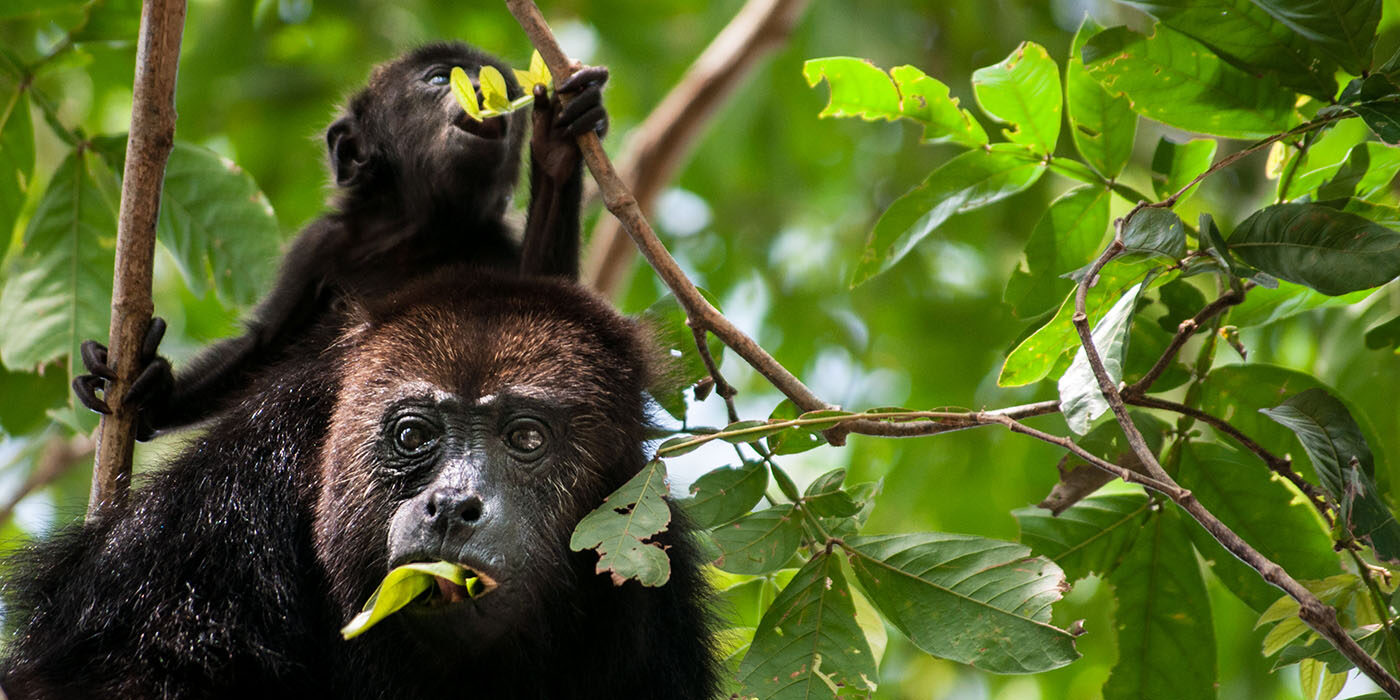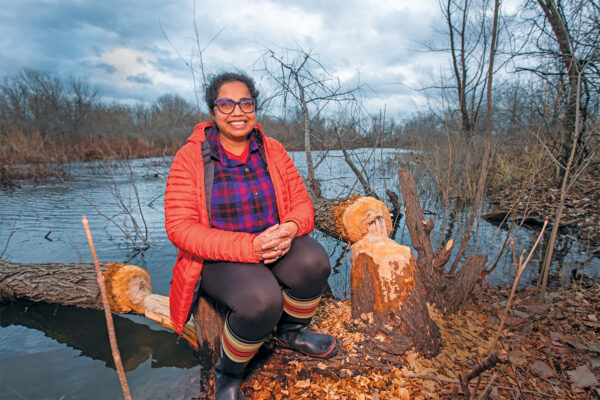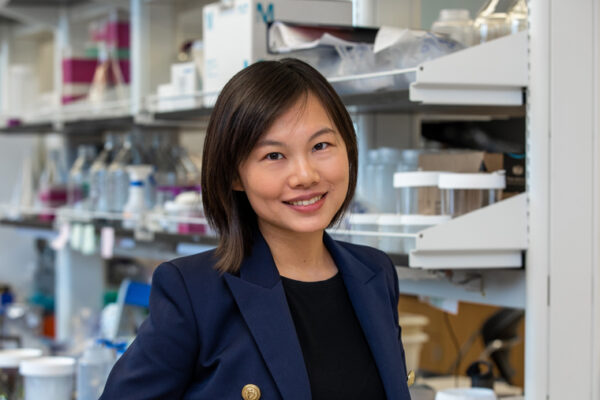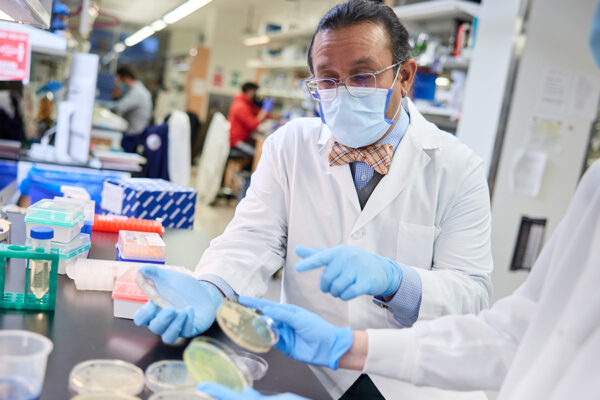The microbiome is the collection of microbes that colonize a habitat, human body or otherwise. Because of pioneering microbiome research at Washington University School of Medicine in St. Louis, people around the world now understand much more about the fundamental role of gut microbes in human health and disease.
Animals and plants also rely on thousands of different microbes to help keep them alive. Although less is known about these associations, a new generation of scientists is exploring the relationships between a hidden army of microbes and the creatures they support and fortify. These Microbes of Diverse Ecosystems (mDivE-STL) were the focus of an Oct. 3 research symposium organized by the Living Earth Collaborative.
At several research institutions across St. Louis, researchers study both human and nonhuman microbiomes. This symposium was organized to help foster a community of researchers studying diverse microbial systems while benefiting from the great local strength in human microbiome expertise.

Take, for example, researchers studying black howler monkeys (Alouatta pigra) in North and Central America. These large, charismatic monkeys are known for making one of the loudest calls in the tropical forests of Mexico, Guatemala and Belize.
Tree-dwelling herbivores, black howler monkeys mainly consume tree and vine leaves, flowers and fruits. Because they lack enzymes capable of digesting cellulose — the carbohydrate that composes the leaf cell wall — black howler monkeys rely on fermentation triggered by their gut microbiota to get the energy they need from these foods.
That whole process may be far more dynamic than previously realized, according to research from scientists at Washington University. Evidence is beginning to emerge that diet-related gut microbial changes buffer energy and nutrient availability for animals such as black howler monkeys.
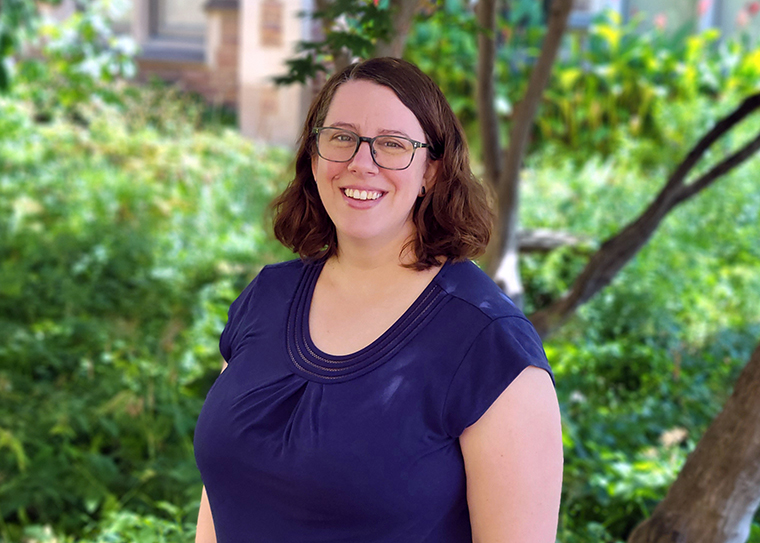
Elizabeth Mallott, an assistant professor of biology in Arts & Sciences, uses metabolomics to examine how microbial metabolisms respond to changes in what and how much their hosts are eating. She recently conducted a study with a population of wild black howler monkeys that annually experience three distinct seasons that affect their diets: a wet, fruit-dominated season; a dry, leaf-dominated season; and a dry, fruit-dominated season.
“We can see that when the monkeys eat more of a specific nutrient, the gut microbes metabolize that nutrient more,” said Mallott, first author of the research published in Molecular Ecology. “But beyond that, what was exciting is that we could look at the interactions between the microbes and the metabolites in different seasons, including seasons where the monkeys were limited nutritionally or energetically by the food that was available in their environment.”
Microbes tend to compensate during lean times, Mallott discovered, prioritizing functions that provide more nutrients to the host. But that system falls apart when food availability becomes truly limited.
“Then the microbes seem to be scrambling. They just try to steal as many nutrients from each other as possible,” said Mallott, who also looks at how environmental variation impacts the gut microbiome in humans.
Microbes could benefit species conservation
Studying the microbiomes of animal populations that thrive in the wild is important because it may provide researchers with candidate microbes and microbial consortia that could be used to improve disease resistance, nutrient absorption and ultimately the fitness of threatened species or animals that reside in degraded habitats.
This is true for mammals including black howler monkeys, but also reptiles such as the Missouri native box turtles — including the ones that the Saint Louis Zoo Institute for Conservation Medicine has studied at two sites in the St. Louis area since 2012, as part of the St. Louis Box Turtle Project.

With support from the Living Earth Collaborative, researchers are expanding that effort to include characterizing the microbiomes of three-toed box turtles and exploring how they vary within and between populations. Scientists from the laboratory of Fangqiong Ling, an assistant professor of energy, environmental and chemical engineering at the McKelvey School of Engineering, are collaborating on this turtle project to integrate microorganisms into the wildlife conservation toolbox.
“In general, wildlife microbiomes — the bacteria, archaea, protists and viruses that are found inside and on the body — are an understudied aspect of biodiversity conservation,” said Sharon L. Deem, director of the Saint Louis Zoo Institute for Conservation Medicine and of the Saint Louis Zoo WildCare Institute Center for Chelonian Conservation.
Deem and Mallott both spoke at the Oct. 3 research symposium, which was organized by Ling, Gautam Dantas, a professor of pathology and immunology at the School of Medicine, and Jonathan Losos, the William H. Danforth Distinguished University Professor of biology in Arts & Sciences and director of the Living Earth Collaborative.
About half of the microbiome research that will be presented relates to animals, plants and the environment, while the rest is more closely related to human health.
“You can’t really understand the human microbiome and its interesting dynamics if you don’t consider it in the context of the environment,” said Dantas, who describes the microbiome research in his laboratory as being about 90% focused on humans and 10% in other habitats, including plants, soil and the built environment. “Even if you’re purely focused on the microbes in humans, you’re not going to be able to explain the important dynamics of those of that ecosystem if you don’t understand the interactions in microbes within and on the body, and where those microbes come from.”
